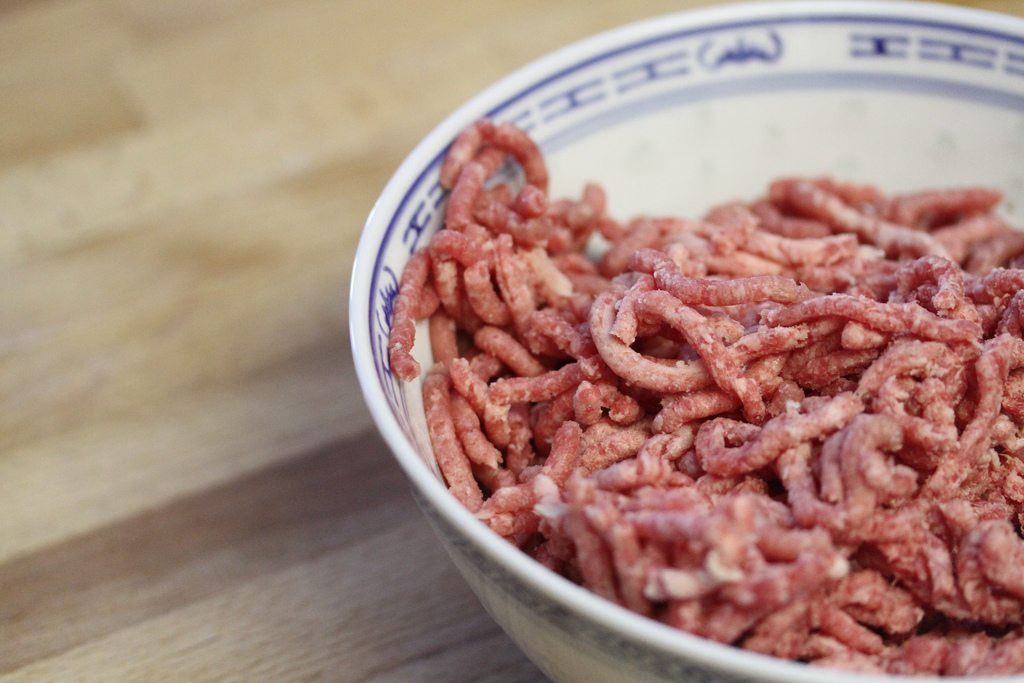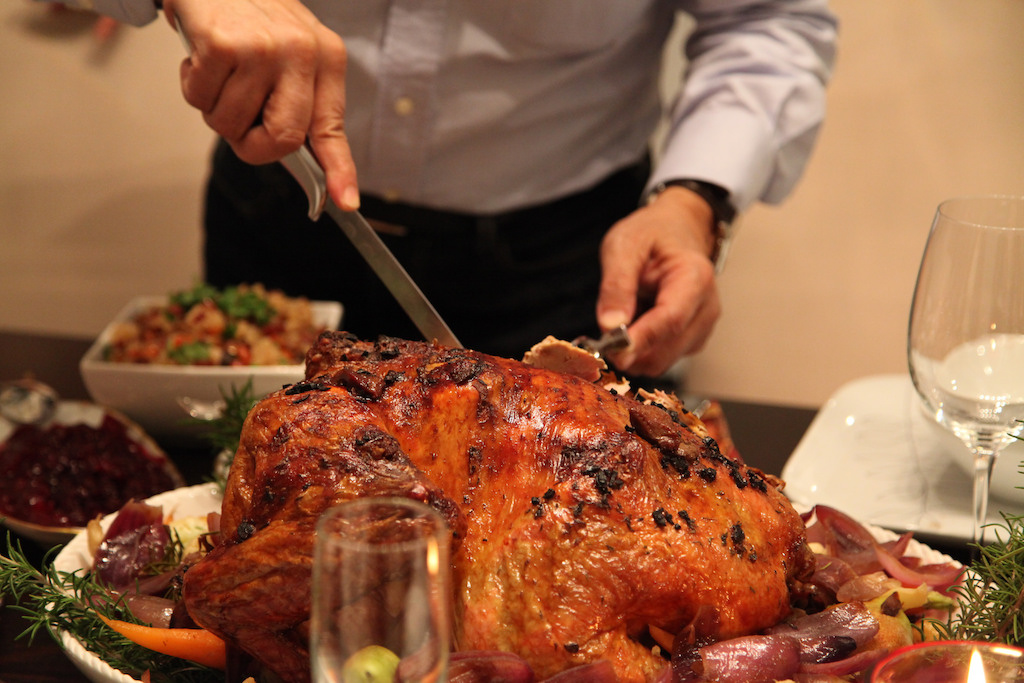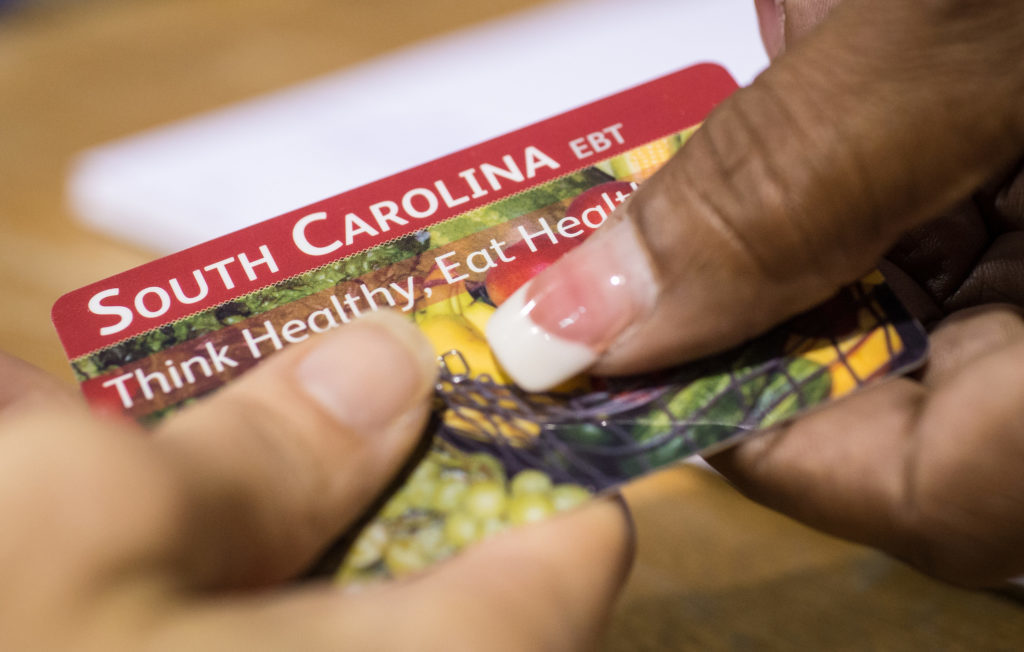Roller coaster of a week for childhood nutrition: A roundup.
- It sounds like something we’d all be able to agree on: Children should eat healthy food, at least while they’re at school. Not so much, it seems. The Childhood Nutrition Reauthorization Act, which had bipartisan support and which would’ve updated all federal childhood nutrition programs including the school lunch program, died in Congress this week. Bettina Elias Siegel outlines the bill’s recent history in a blog post on The Lunch Tray, adding that Republican sentiment expressed during the bill’s time on the floor “does not bode well for our children.”
- Did anyone see that viral cafeteria video last week—the one with the gelatinous brown substance pouring out of a chocolate milk carton? The video was shot at a high school in upstate New York, but a report released by the Independent Democratic Conference (a coalition of five New York State senators) in November indicates that city schools aren’t doing a whole lot better. The report, titled “School Lunch Flunks,”called on cafeterias to post letter grades just like those required in restaurants, and found that if they did as the report suggested, 30 school cafeterias in the New York City area would receive a “B” or “C” grade for the last three consecutive years. Food Management News suggests the report is mostly hogwash, calling it “incendiary,” and pointing out that the bulk—85 percent—of city schools would still make straight A’s.
- It’s not often that Happy Meals are lauded for their nutritional value. But on Monday, CNBC reported that most kids’ menu items at chain restaurants far exceed the recommended calorie count, clocking in about 150 percent higher than what nutritionists say they should eat. Unsurprisingly, the repeat offender is what the study dubs “fried potato.” But McDonald’s actually does sell fries to kids in 100-calorie servings—a portion size much smaller than than the 287-calorie average. The kids’ meal with the highest calorie count included two mini cheeseburgers from Arby’s, clocking in at almost 1200 (roughly double the recommendation).
- And now for a spot of good news, albeit from across the pond: the UK has banned junk food advertising to children on the internet. Restrictions on TV advertisements have been in place since 2007, but until now they haven’t extended to social media, YouTube, and gaming sites. Starting in July 2017, the BBC reports, food companies will not be allowed to market food and drink high in salt, fat, or sugar to kids under the age of 16. The Financial Times (paywall) points out that the ban does not include family-friendly shows like The X Factor where children make up less than a quarter of the audience.
- In the Netherlands, Dora the Explorer might be banned from junk food packaging soon. The Guardian reports that “licensed media characters” targeted at kids under the age of 13 may be removed from the candy that greets children at eye level in the supermarket. Food industry mascots like Tony the Tiger and Trix Rabbit will be exempt.











